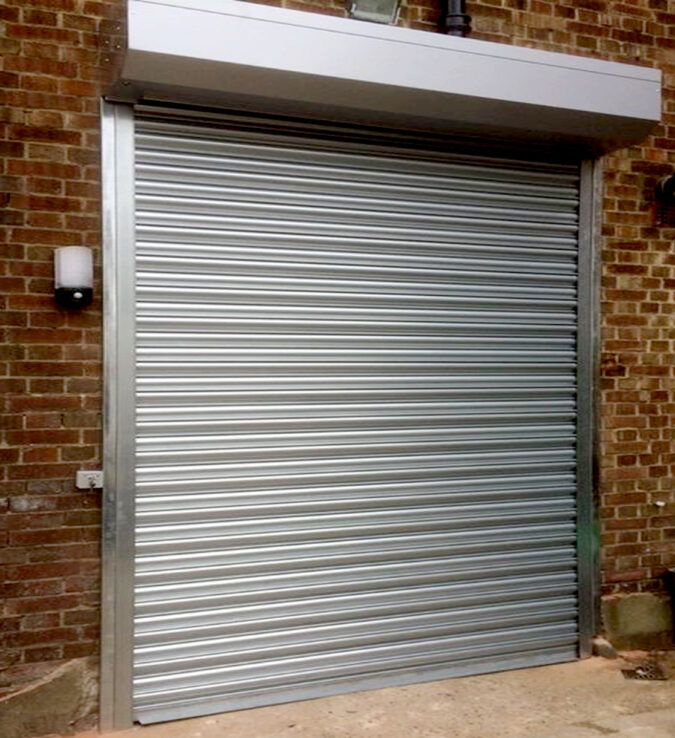The way that warehouses, industrial units, and factories are designed can be particular to individual companies. However, they need to use their spaces in ways that benefit them, so they should choose rolling shutters based on their needs.
1: Consider the position of the building relative to the sun. If one has a warehouse or factory space with lots of glazing, it’s worth considering how this will affect operations when the sun is shining through it. The availability of sunlight can seriously impact manufacturing processes or just worker morale because exposure to natural light wakes people up more quickly than exposure to electric lights do. This means that they’ll probably want to have areas shaded during working hours if their workers do tasks requiring concentration. Another consideration for their rolling shutters is the direction their building faces. If they have a warehouse space that looks out over the road, for example, they will need to shut out street noise occasionally.
2: Invest in automated docking – Automated docking means that when an order comes into the factory or warehouse, its arrival triggers slats being opened or closed accordingly. One can use software that manages this process centrally without needing anyone to remember it every time they enter the building. The benefits of automated docking include saving their staff time and reducing any potential injuries incurred from manual labor, such as straining to pull shutters down manually.
3: Consider the strength of one’s garages – If one’s company or business owns an industrial unit with a garage that’s large enough for people to drive into, then they need to decide how often this will be happening. If they keep big trucks in there regularly, they may require extra-strong shutters to prevent repeated deliveries from damaging them. It would help to consider whether they are stopping or starting when these vehicles are at their highest weight. It’s important not to neglect this when designing rolling shutters because it can affect safety measures if workers need to pass through them constantly without warning.
4: How much room does one need? When designing rolling shutters for an ample open space like a warehouse, there needs to be enough space between the top of the roller shutter and the roof to pass through un by workers easily. They also need to make sure there is space around the sides of their rolling shutter so that workers can access it when required.
5: Think about security – One’s rolling shutters should be able to serve a dual purpose in terms of safety and productivity in their company. They may want to make them tough enough to obstruct people’s view when they’re rolled up, which means they might need toughened glass or something similar, depending on their size and location. When choosing their roller shutters, one must find models that allow visibility through them while also blocking views from outside as prison windows do. When designing roller shutters, consider how much room they will need between the top and the roof so that goods can easily pass through and by workers.
6: Get the best use out of one’s roller shutter – One wants to make sure that while their rolling shutters are in place, they serve their primary purpose as a support for all of the productivity around them. When they design them, they mustn’t be just there because workers don’t have enough space on their own, but actually, add something to the wider environment. These were some essential tips to choose rolling shutters for one’s business.

